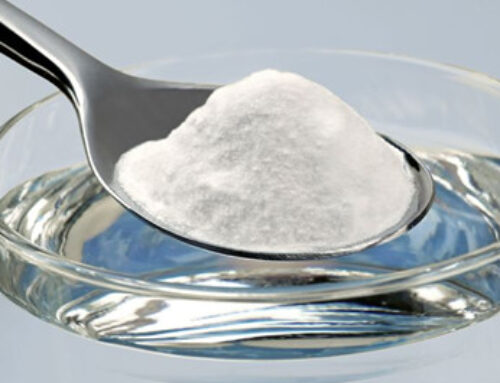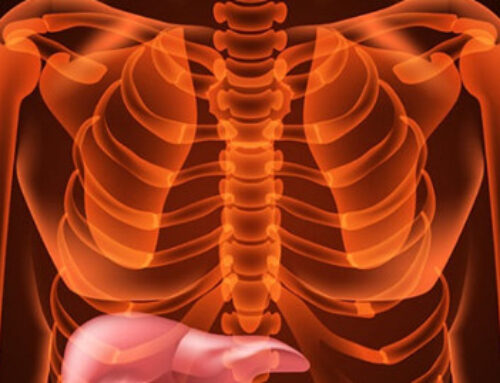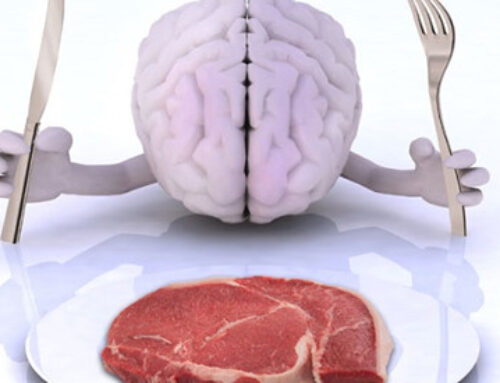How is it that some of the healthiest foods in the world can be so unhealthy, and even devastatingly destructive for some people? I’m not talking about deadly food allergies, I’m referring to oxalates. These molecules, found in plant foods in varying levels, are usually not a problem for most people, but in those who are susceptible to oxalate damage they can wreak havoc.
Oxalates can create very sharp crystals that cause damage and intense burning pain in the tissues they form in. You may be most familiar with oxalates in the form of calcium oxalate kidney stones. Once oxalates get into human cells and build up in high amounts, they can cause oxidative damage. Oxalates are known to reduce glutathione levels (glutathione is our master antioxidant and high levels are always desirable). Oxalates can also alter our immune system and create intense inflammation, pain and injury in joints and other tissues.
For most healthy people, the oxalates in plant foods such as spinach, rhubarb, wheat, olives, strawberries, chocolate (bummer!) and nuts do not get absorbed through the intestinal wall, but bind with fecal waste and are eliminated. But in certain situations, oxalates are absorbed through the wall of the intestines and find their way into the blood stream, where they can deposit into tissues. This is seen most often with people who have gut issues like leaky gut, problems with constipation or diarrhea, or poor fat digestion. There seems to be a clear connection between the condition of the gut and the amount of oxalate absorption—the worse off your gut, the more oxalates will be absorbed into your body’s tissues.
People who have used antibiotics extensively are at greater risk for hyperoxaluria (high levels of oxalate buildup) as well. Important gut microbes like lactobacillus and bifidus are killed off when antibiotics are used. These gut microbes play an important role by breaking down oxalates. If these microbes are missing from the gut, however, more oxalates will be available for absorption through the gut wall and into the bloodstream (1,2,3). One microbe in particular is called oxylobactor formigenes; even the name tells us how important it is. This microbe readily consumes oxalates. Like lactobacillus and bifidus, this microbe is fragile and easily destroyed by a round or two of antibiotics. It just may be that the people who do well on high-plant diets are the lucky ones with high levels of the healthy gut microbes that eat up their oxalates!
The organic acids test (OAT) easily tests for oxalates by measuring the amount being eliminated in urine. High levels are a clear indicator that excess oxalates are being filtered through the kidneys. However, this test is not able to measure the amount of oxalates that are stored in the body’s tissues. So, a high reading of oxalates in the urine is a strong positive but a low reading might not give us the whole picture. When I evaluate a client for oxalates, I look at all of their symptoms and consider their diet—what is being consumed the most? Is the client vegetarian or vegan? If they are, it is likely their diet is high in oxalates. Considering all factors, going on a low oxalate diet for a few months never hurt anyone and it just might alleviate their kidney stones, fibromyalgia, “chronic” UTIs, gut pain, and many other symptoms.
Hyperoxaluria symptoms are varied because oxalates can settle into just about any area of the body and cause damage. Many people will have burning pain and inflammation in certain parts of their body (like their feet, for example) as a symptom of hyperoxaluria. And oxalates are often the culprit behind chronic urinary tract infections. I have clients with chronic UTI diagnoses that antibiotics could not seem to clear it up, and it turned out to be an oxalate problem. The symptoms are exactly the same–discomfort in the bladder region and burning upon urination—but testing the urine for bacteria showed no pathogens as a UTI would.
Arthritis, gut and joint pain can also be symptoms of oxalate buildup. Neurological problems can occur if oxalates migrate into the brain (autism). Vulvodynia, a miserable condition where there is intense vaginal burning can be due to hyperoxaluria; these, plus thyroid imbalances and kidney stones, are just some of the problems caused by our body’s inability to properly breakdown oxalates in our foods.
Why do plants have these potentially destructive molecules in them anyway? Botanists who study this believe the plants evolved to do everything possible to ensure the opportunity to spread seeds, keeping the species alive. Many plants produce toxic chemicals like alkaloids that give animals belly aches or make them feel sickly when they munch on them. Bugs might take a bite of a plant and immediately taste the oxalates or the bitter taste of alkaloids and back away, which works well for insects and animals, but is not usually so great for humans (4).
The best way to deal with an oxalate problem is to go on a low oxalate diet for several months. Cutting out foods that are high in oxalates (see the links below) will allow the body to start clearing the excess oxalates from tissues. In some people, the inflammation can ramp up as the oxalates are clearing. If you feel you are struggling with oxalates, it is important to know why this is happening, to prevent going off the diet prematurely. Increasing your probiotic intake is very helpful as well. Check the label and look for lactobacillus and bifidus species. As of yet, there is not a good, reasonably-priced source of oxylobactor formigenes available, though I know there is at least one company working on it.
As usual, getting your health back on track is not always an easy thing to accomplish. Using a practitioner with good skills is always recommended. There are many variables to take into consideration and most practitioners who work in this industry understand the nutrition part of the puzzle, making recovery possible. There is only one real medicine: the food you eat!
Links to low oxalate food lists: by oxalate content, by food category, and alphabetically.
Cited References:
- Campieri C, Campieri M, Bertuzzi V, Swennen E, Matteuzzi D, Stefoni S, Pirovano F, Centi C, Ulisse S, Gamularo G, De Simone C. Probiotic bacteria greatly reduce the urinary excretion of oxalate. Kidney Int. 2001;60(3):1097-105.
- Daniel K. The surprising, all-natural anti-nutrients and toxins in plant foods. www.westonaprice.org: March 29, 2010. Accessed January 25, 2017.
- Lieske JC, Goldfarb DS, De Simone C, Regnier C. A probiotic decreases enteric hyperoxaluria. Kidney Int. 2005;68(3):1244-1249.
- Ribeiro R, Ferraz N, Marques NC, Froder L, Menon VB, Siliano PR, Baxmann AC, Heilberg IP. Lactobacillus casei and Bifidobacterium breve reduce urinary oxalate excretion in nephrolithiasis patients. Urol Res. 2009;37(2):95-100.










